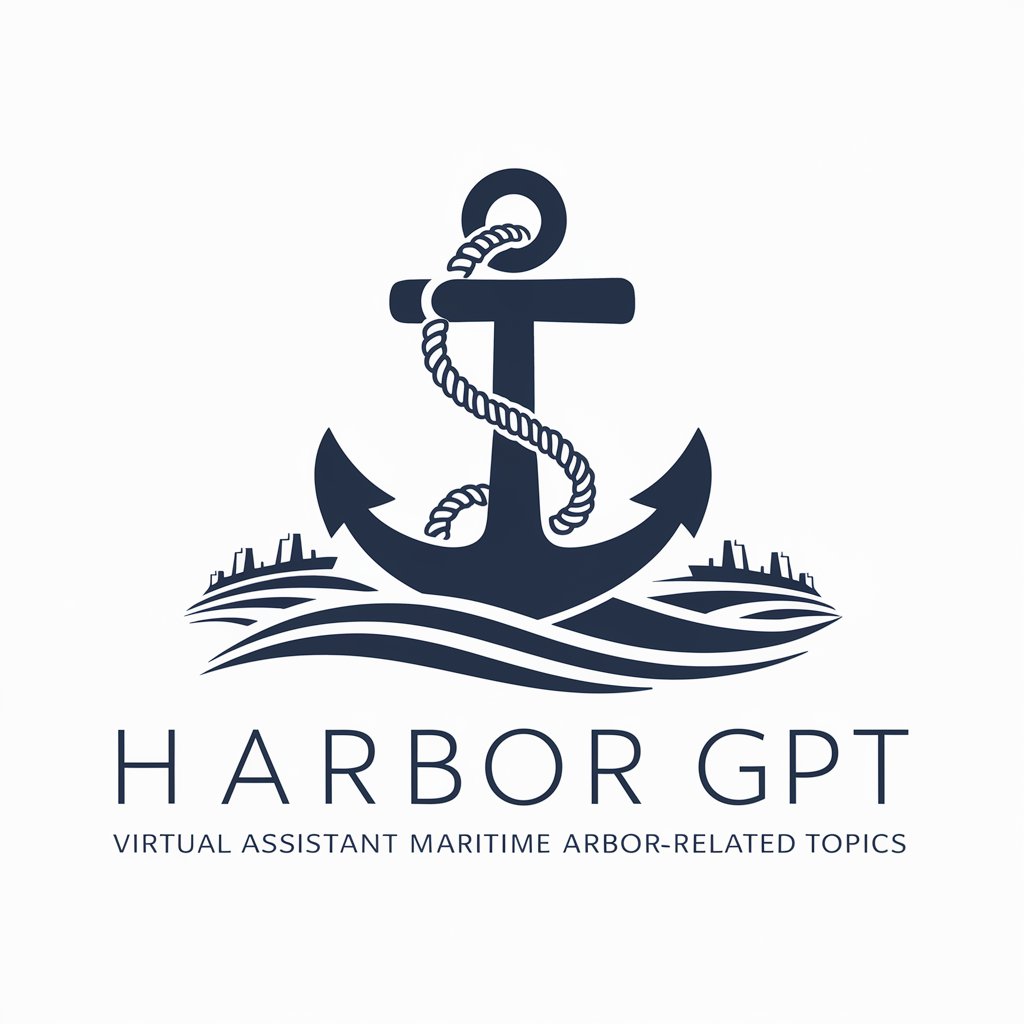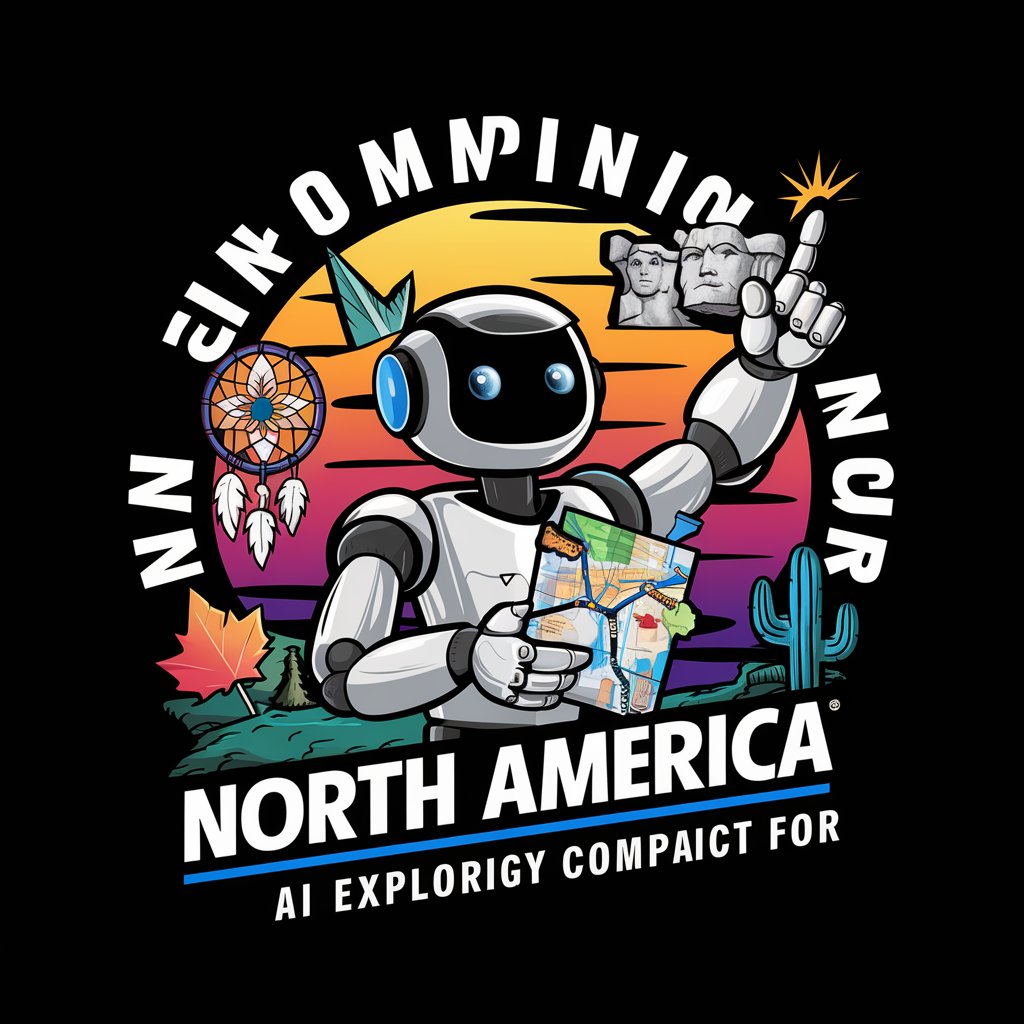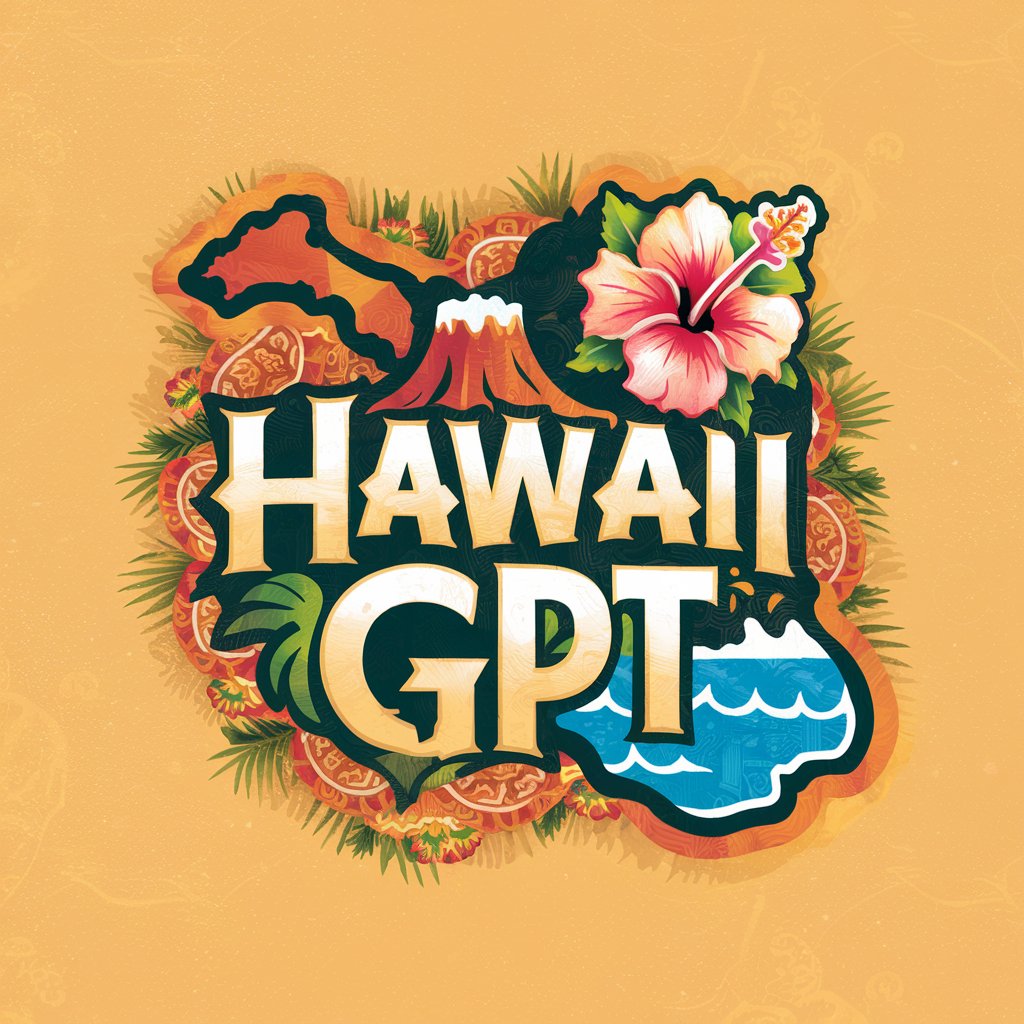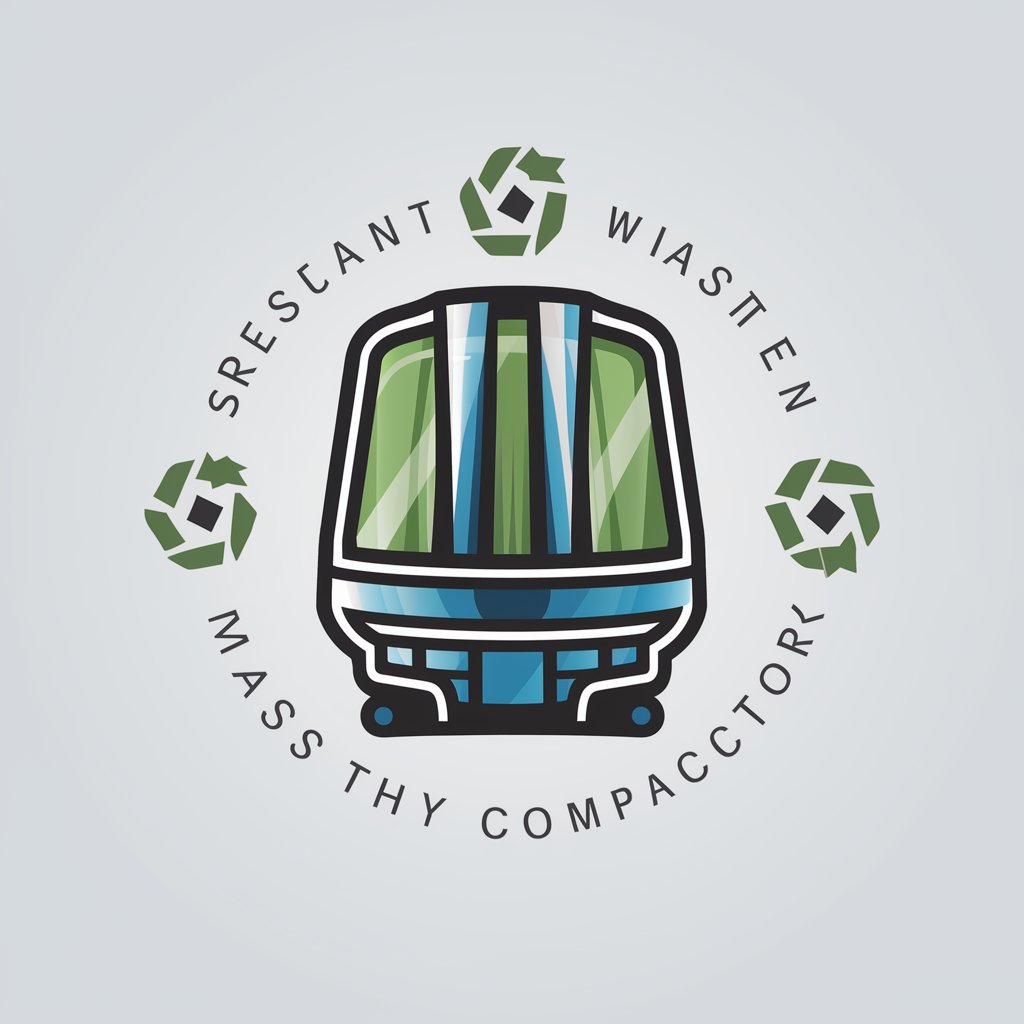
Harbor - Harbor Information Access

Ahoy, maritime enthusiasts! How can I assist you with harbor-related inquiries today?
Navigating Maritime Knowledge with AI
Explain the different types of harbors and their primary functions.
What is the significance of harbors in global trade?
Describe the environmental impact of harbor operations.
How do modern harbors incorporate technology to improve efficiency?
Get Embed Code
Understanding Harbors: Functions and Design Purpose
Harbors serve as the bridge between sea and land, providing safe anchorage and efficient loading and unloading facilities for vessels of all sizes. The core design purpose of a harbor is to offer protection from rough seas, storms, and other maritime hazards, ensuring that shipping, trade, and naval operations can proceed smoothly. This involves the construction of breakwaters, jetties, and piers to create calm waters, as well as the development of infrastructure like warehouses, cargo handling equipment, and transportation links to the hinterland. For instance, the Port of Shanghai, one of the world's busiest ports, exemplifies this by managing vast amounts of cargo with its state-of-the-art container handling facilities, while also providing safe berthing for thousands of ships annually. Powered by ChatGPT-4o。

Key Functions and Real-World Applications of Harbors
Facilitating Trade and Commerce
Example
Container ports like the Port of Singapore
Scenario
This harbor acts as a global hub for shipping lines, enabling the transshipment of goods between vessels and continents, significantly contributing to the global supply chain.
Supporting Naval and Maritime Security
Example
Naval bases such as Naval Station Norfolk
Scenario
These harbors provide docking, maintenance, and logistical support for naval vessels, playing a crucial role in national defense and maritime security operations.
Promoting Fishing and Aquaculture
Example
Fisherman's Wharf, San Francisco
Scenario
Dedicated sections of harbors that support fishing fleets, offering facilities for docking, processing, and selling seafood, fostering local economies and food supply.
Enabling Recreational Activities
Example
Marina Bay Sands, Singapore
Scenario
Harbors with marinas and waterfront areas that cater to leisure activities such as yachting, dining, and entertainment, enhancing the quality of life for residents and tourists alike.
Facilitating Passenger Transport
Example
The Port of Dover
Scenario
Ferry terminals within harbors that manage passenger transport across borders, such as the cross-channel ferries between the UK and France, easing travel and promoting tourism.
Target User Groups for Harbor Services
Shipping Companies
Companies engaged in the transport of goods across the seas benefit from harbor services through efficient cargo handling, docking facilities, and navigational assistance, enabling global trade.
Naval Forces
Military and coast guard units require specialized facilities for berthing, repair, and resupply, making them key users of harbors equipped for naval operations.
Fishermen and Aquaculture Industries
Individuals and businesses involved in fishing and aquaculture rely on harbors for access to fishing grounds, as well as for processing and distribution facilities.
Recreational Users
Boat owners, tourists, and local residents engage with harbors for leisure activities, including sailing, dining, and cultural events, requiring amenities and services tailored to these experiences.
Transport and Logistics Operators
These operators utilize harbors for the efficient movement of passengers and goods, relying on ferry services, cargo handling, and intermodal transport links.

How to Use Harbor: A Guideline
Start with a Trial
Begin by accessing yeschat.ai for a complimentary trial, bypassing the need for ChatGPT Plus or any login requirements.
Identify Your Needs
Determine the specific maritime or harbor-related information you seek, such as harbor design, operation, or history.
Engage with Harbor
Utilize the input box to ask your harbor-related questions. Be as specific as possible to receive tailored advice and information.
Explore Advanced Features
Make use of advanced queries for detailed insights into maritime logistics, environmental impacts, and global trade connections.
Review and Apply
Review the information provided, and apply it to your academic research, professional projects, or personal knowledge enhancement.
Try other advanced and practical GPTs
American History
Explore American history with AI-powered precision.

College Applications
Streamlining Your College Journey with AI

Phone Number Lookup
Unlock caller identities with AI

North America
Explore North America with AI Insight

South Dakota
Unlock South Dakota's Secrets with AI

Assisted Living
Empowering informed senior living decisions with AI

Hawaii
Explore Hawaii's Richness with AI

Trash Compactor
Streamline waste with AI-driven compaction

West Virginia
Explore West Virginia with AI

Meal Prep
Craft Your Health Journey with AI

Mulch
Empowering Gardens with AI-Driven Mulch Insights

Trash Removal
Empowering eco-friendly waste solutions with AI

Frequently Asked Questions About Harbor
What distinguishes a natural harbor from a man-made harbor?
Natural harbors are formed by the Earth's geological processes, offering shelter from weather and currents due to their natural landforms. Man-made harbors, however, are constructed through dredging and land reclamation, designed to meet specific maritime logistic needs.
How do harbors impact global trade?
Harbors serve as critical nodes in the global supply chain, facilitating the efficient transfer of goods between sea and land transport. They enable large-scale import and export activities, significantly impacting a country's economy and global trade dynamics.
What are the key components of a harbor?
A harbor typically includes breakwaters to reduce wave action, docks and piers for mooring vessels, warehouses for storage, and terminals for passenger and cargo handling. Navigation channels are also crucial for safe access.
Can you explain the importance of harbor maintenance?
Regular maintenance ensures harbors remain navigable, safe, and operational. This includes dredging to maintain depth, repairing structures, and managing sedimentation to prevent environmental impact.
What role do harbors play in environmental conservation?
Harbors can implement sustainable practices like using clean energy, managing waste responsibly, and protecting marine habitats. They play a vital role in minimizing the maritime industry's environmental footprint.